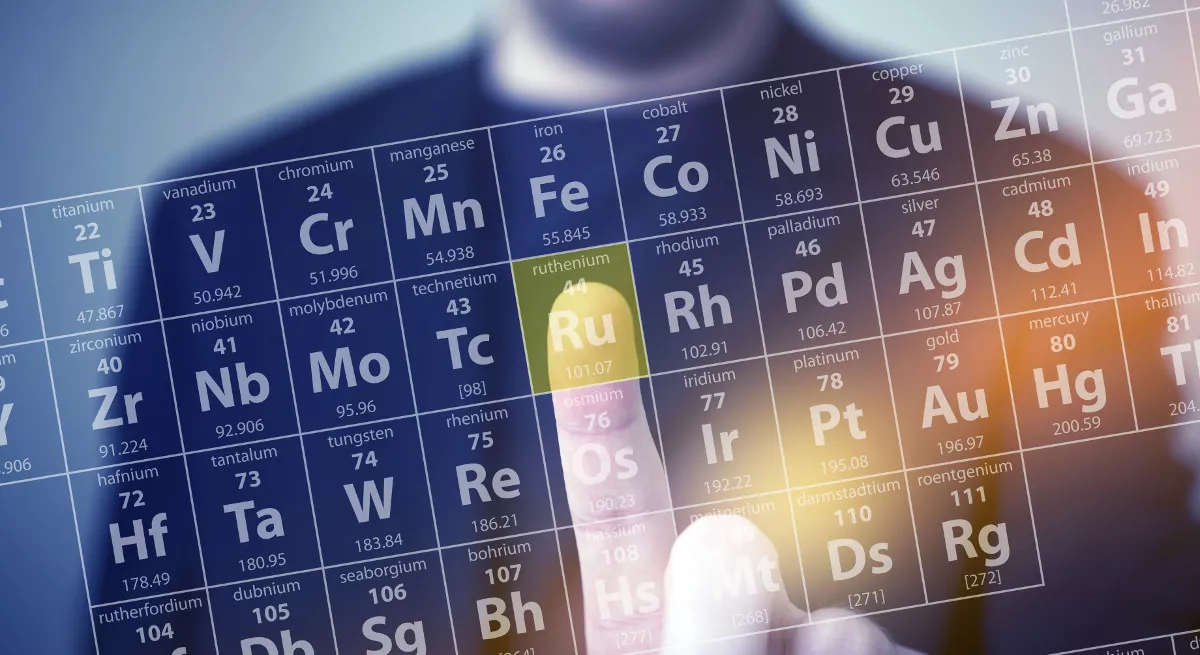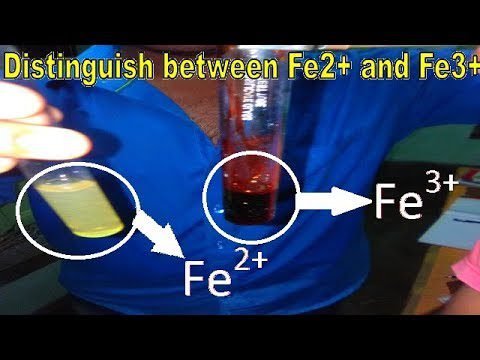Is ice melting a physical change? This question is very common. Before we start let’s do a quick recap on physical and chemical changes. In a physical change, no new substances are formed, and it’s reversible but in a chemical change, new substances are formed and it’s irreversible. So the two important questions to ask yourself when deciding the type of change are:
- Is a new substance formed?
- Is it irreversible?
If the answer to both of these questions is “yes” then it’s a chemical change. Otherwise, it’s a physical change.
What is the Physical Change?
A physical change is one in which the chemical composition remains the same but the physical properties of the substance change. The physical properties of the substance are size, color, shape, etc.
Examples of Physical Change
Some common examples are:
- Freezing of water
- Sublimation process
- Switching on the bulb
- Cutting fruits into pieces
- Crushing
- Bending
- Breaking
Is ice melting a physical change or a chemical change?
Yes, ice melting is a physical change because, in the process of melting of ice, no new substances are formed, and it is not irreversible. Melting is a phase change of matter (anything that has mass and occupies space) from solid to liquid. Ice is a solid form of water. When we provide some temperature to ice, it starts melting and after a few minutes, the whole ice melts and change into water. In ice melting, no chemical change occurs so you can say that ice melting is a physical change. One interesting question in my mind is Can you burn water? How is it possible?

The lighted candle demonstrates the process of melting. So lighted candle is also an example of physical change.



Comments (1)
创建Binance账户says:
September 26, 2024 at 6:02 pmYour point of view caught my eye and was very interesting. Thanks. I have a question for you.